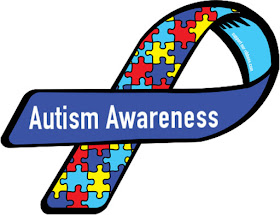Surgical
removal of the inflamed appendix has been the standard of care for over a 120 years. More than 300,000 appendectomies are
performed annually in the United States. Even though appendectomy is
generally well tolerated, it is a major surgical procedure and can be
associated with postoperative morbidity.
A
recent study by Salminen et al. from Turku University Hospital in Finland found
that three of four patients with appendicitis treated with antibiotics did not
need to have their appendix surgically removed. Those who eventually needed the
surgery were not harmed by postponing the procedure as there were no
intra-abdominal abscesses or other major complications associated with delayed appendectomy.
The
study illustrated that emergency appendectomy is only indicated in those with CT-proven
complicated appendicitis that can cause the appendix to rupture, which make
only about one in five of patients. In contrast, those with CT- proven uncomplicated
appendicitis can be treated with antibiotics.
The
investigator randomly assigned 273 patients with acute appendicitis to
appendectomy and 256 to a 10-day course of antibiotics. Appendectomies were successful
in all but one of 273 (0.4%) patients. Among 256 patients treated with
antibiotics and followed for a year, 186 (73%) did not require surgery.
However, 70 (27%) percent of the patients treated with antibiotics had to have
their appendix removed within a year after treatment. No patient in the
antibiotic group developed a serious infection resulting from delayed
appendectomy, suggesting that the decision to delay appendectomy for
uncomplicated acute appendicitis can be made with low likelihood of major
complications resulting from delayed surgery.
These
findings suggest that for CT-diagnosed uncomplicated appendicitis, an initial
trial of antibiotics is reasonable followed by elective appendectomy for
patients who do not improve with antibiotics or present with recurrent
appendicitis. Because patients with complicated appendicitis, with appendicoliths,
children, and pregnant women were excluded from this study, the results do not
apply to these groups.
Future
studies are warranted that should focus both on early identification of
complicated acute appendicitis patients needing surgery and to prospectively
evaluate the optimal use of antibiotic treatment in patients with uncomplicated
acute appendicitis.
The
pitfalls of antibiotic treatment should also be addressed in future studies. Broad
spectrum antibiotics can promote the emergence resistant organisms as well
as Clostridium difficile infections. These potential adverse effects may
tilt the balance towards performing appendectomy.
Furthermore,
inclusion of greater number of patients is required in future studies to
evaluate the ability of antibiotics to prevent pelvic abscesses as effectively
as surgery.
These
study has highlighted the need consider discarding routine appendectomy for
patients with uncomplicated appendicitis. Because of the availability of
precise diagnostic capabilities like CT and effective broad-spectrum
antibiotics, appendectomy may be unnecessary for uncomplicated appendicitis.







